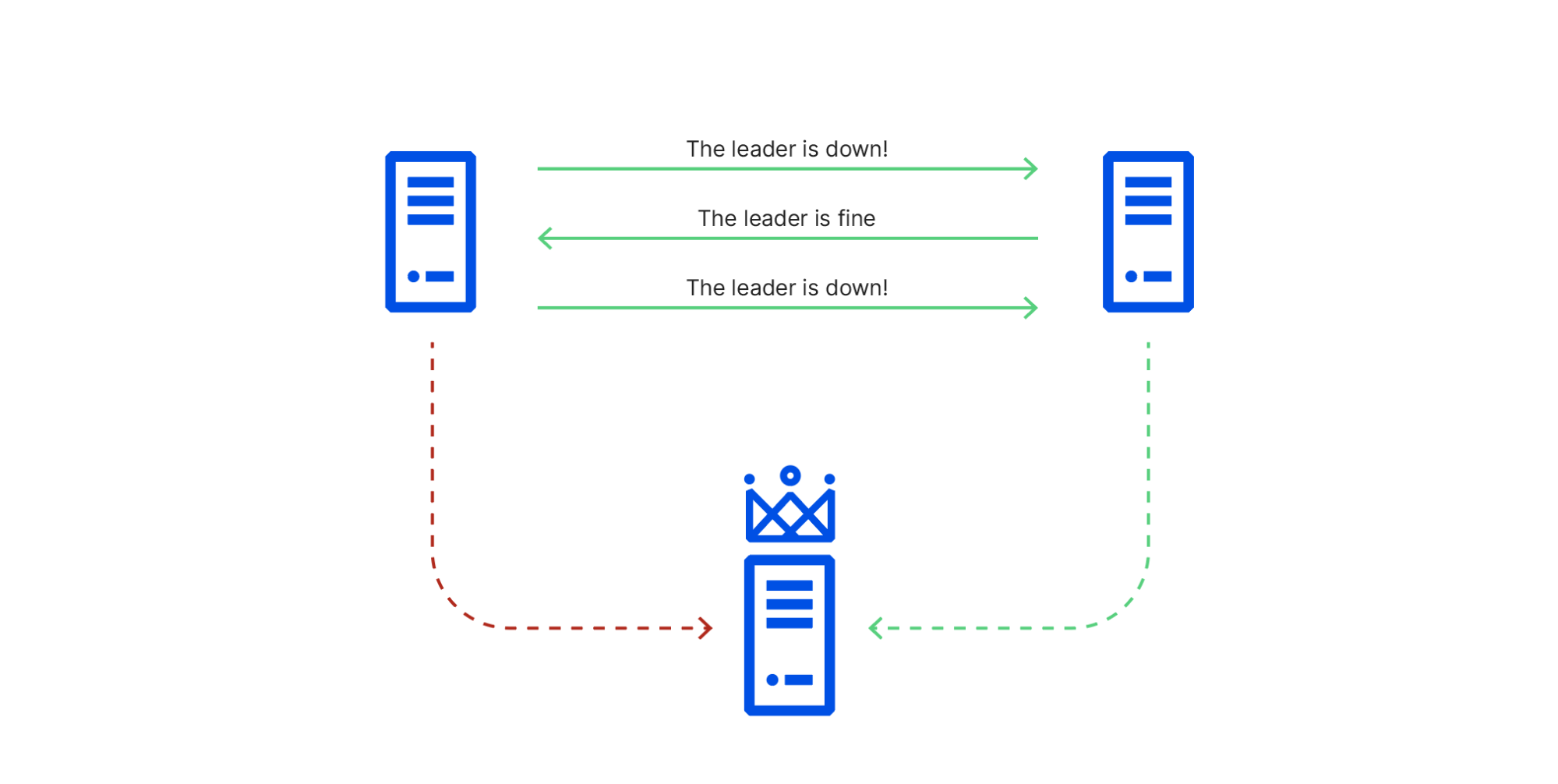Author Archives: Tom Lianza
Author Archives: Tom Lianza
We had an outage in our Tenant Service API which led to a broad outage of many of our APIs and the Cloudflare Dashboard.
The incident’s impact stemmed from several issues, but the immediate trigger was a bug in the dashboard. This bug caused repeated, unnecessary calls to the Tenant Service API. The API calls were managed by a React useEffect hook, but we mistakenly included a problematic object in its dependency array. Because this object was recreated on every state or prop change, React treated it as “always new,” causing the useEffect to re-run each time. As a result, the API call executed many times during a single dashboard render instead of just once. This behavior coincided with a service update to the Tenant Service API, compounding instability and ultimately overwhelming the service, which then failed to recover.
When the Tenant Service became overloaded, it had an impact on other APIs and the dashboard because Tenant Service is part of our API request authorization logic. Without Tenant Service, API request authorization can not be evaluated. When authorization evaluation fails, API requests return 5xx status codes.
We’re very sorry about the disruption. The rest Continue reading

An analysis of the Cloudflare API availability incident on 2020-11-02
When we review design documents at Cloudflare, we are always on the lookout for Single Points of Failure (SPOFs). Eliminating these is a necessary step in architecting a system you can be confident in. Ironically, when you’re designing a system with built-in redundancy, you spend most of your time thinking about how well it functions when that redundancy is lost.
On November 2, 2020, Cloudflare had an incident that impacted the availability of the API and dashboard for six hours and 33 minutes. During this incident, the success rate for queries to our API periodically dipped as low as 75%, and the dashboard experience was as much as 80 times slower than normal. While Cloudflare’s edge is massively distributed across the world (and kept working without a hitch), Cloudflare’s control plane (API & dashboard) is made up of a large number of microservices that are redundant across two regions. For most services, the databases backing those microservices are only writable in one region at a time.
Each of Cloudflare’s control plane data centers has multiple racks of servers. Each of those racks has two switches that operate as a pair—both Continue reading